Moving out of Alton, we cross the Back Bay Trestle and head towards the Keewaydin Whistlestop.
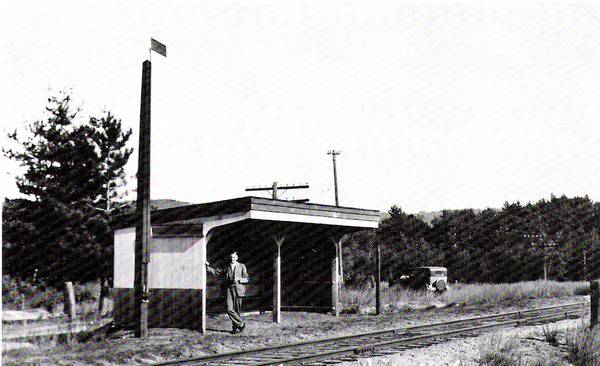
(From the Walker Collection) Keewaydin Station. This area is approximately across from Precious Gardens on Rt. 11. Now a group of cottages.
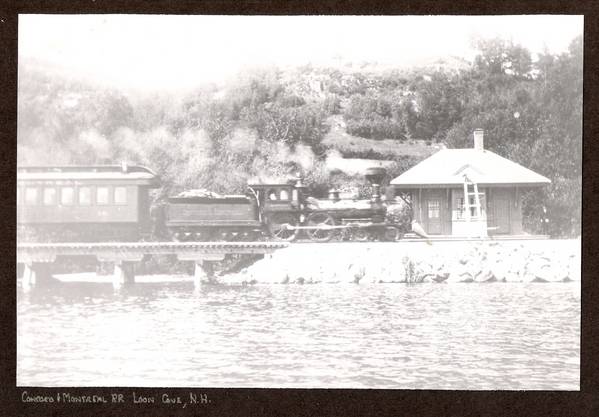
Train at Loon Cove Station (or is it Belknap Point?)
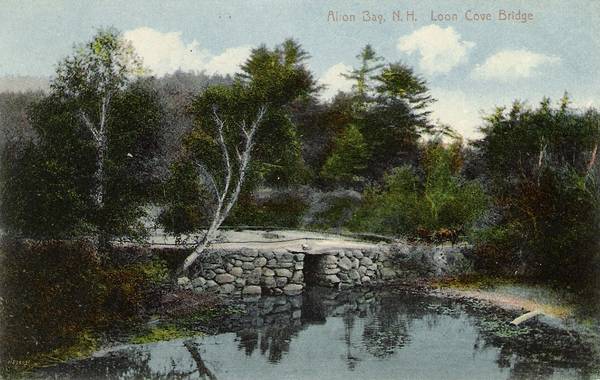
It appears that in order to get into Loon Cove you had to first go under the railroad bridge and then this bridge which must have been the road. (?)

The Loon Cove Bridge today considerably built up when the new Rt. 11 came through.
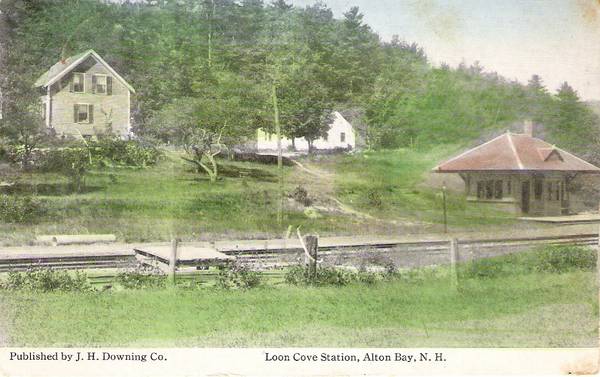

From Loon Cove we pass through Buckley, Brookhurst,


Mt. Major and Woodlands before reaching West Alton.
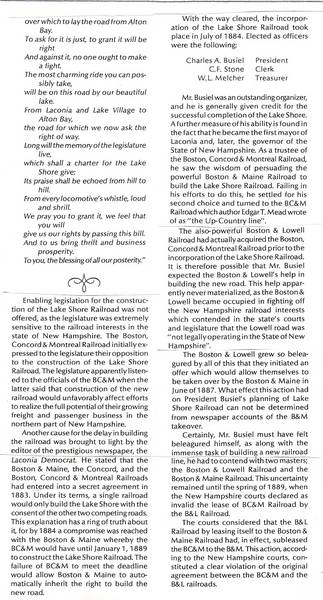 Click here to SUPER-SIZE print (above)
Click here to SUPER-SIZE print (above)
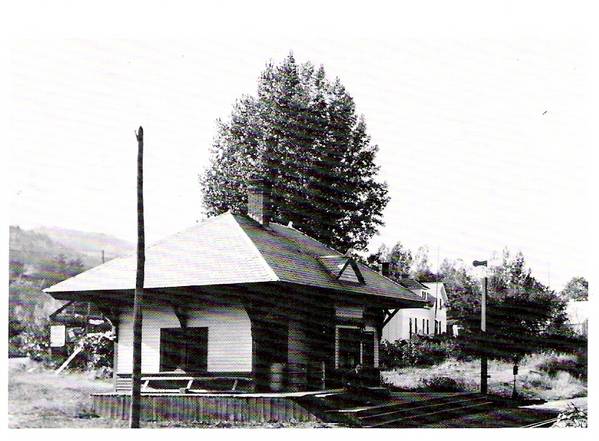
(From the Walker Collection) West Alton Station in 1930. This station was purchased in 1982 and refurbished as a private home. Now for sale!

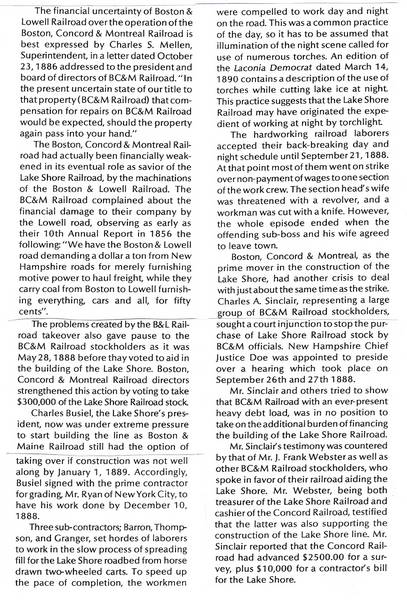 Click here to SUPER-SIZE this print
Click here to SUPER-SIZE this print
Next stop....Smith's Point
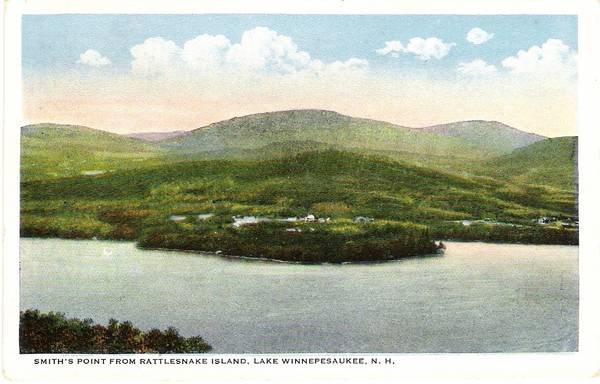
Smith's Point as seen from Rattlesnake Island.
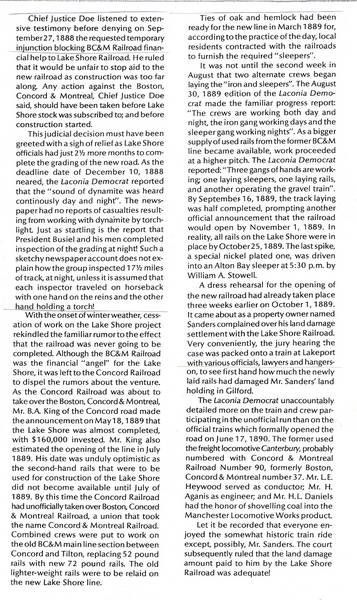 Click here to SUPER-SIZE this article
Click here to SUPER-SIZE this article
After passing Spring Haven we are at the Ames Stop.
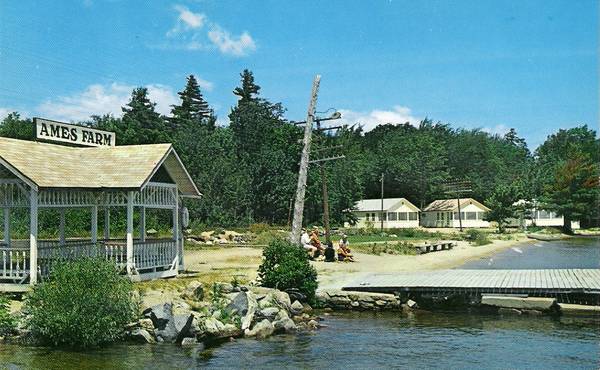
In this card you can see the old rail bed and telegraph poles.
CLICK HERE for additional photo of Ames
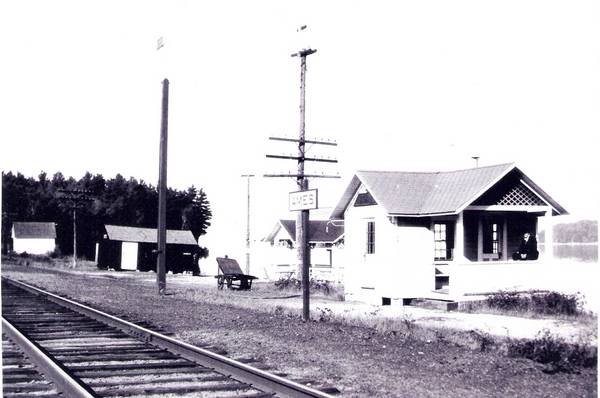

Ames Farm in 1918 clearly showing the tracks and telegraph poles.
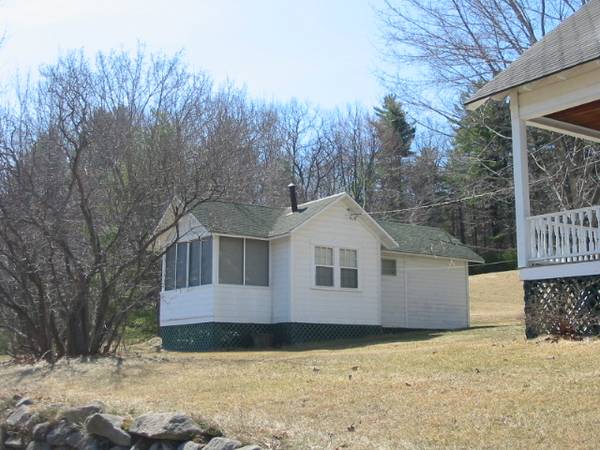
As Rose pointed out above....the old Ames Station has been moved across the street and is now used as a guest cottage. (Photo taken April 2005)
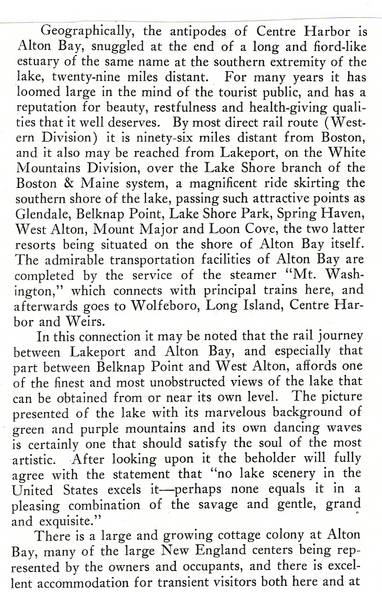
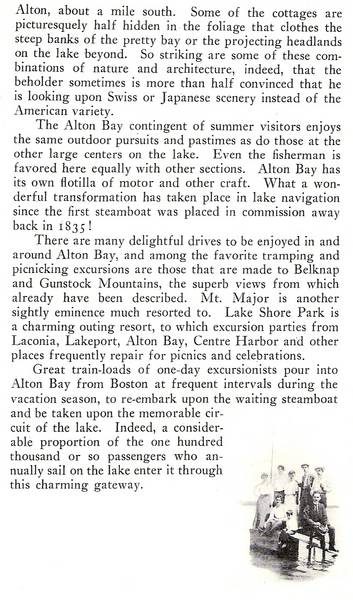
From "Lake Winnipesaukee" a promotional booklet put out by the Boston and Maine Railroad. No publisher or date.
Next stops are Terrace Hill, Lakeshore Park, Greystone and Belknap Point.
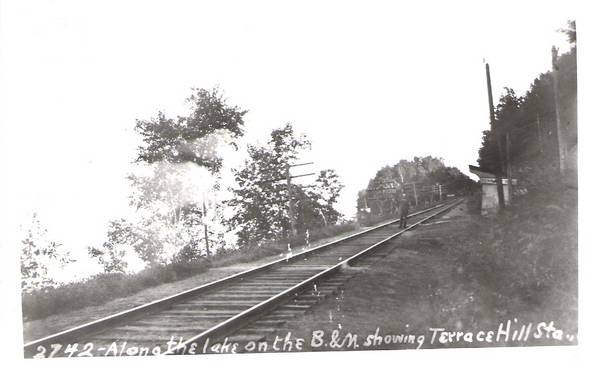
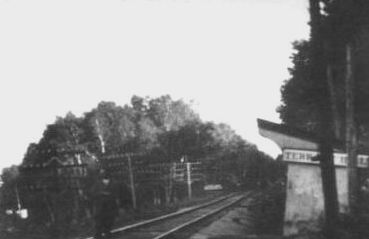
Terrace Hill Whistlestop - from the carguy collection
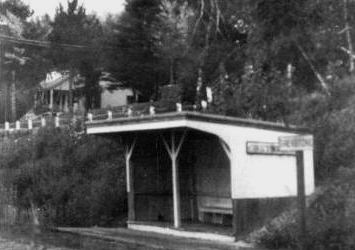
The Greystone Whistlestop
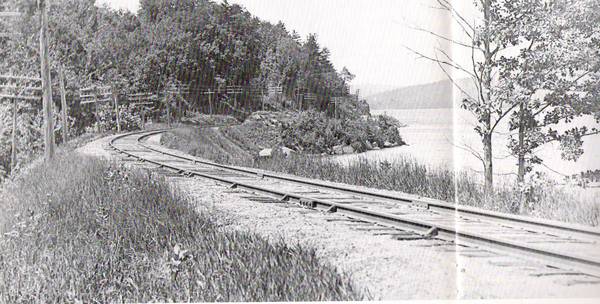
(From the Walker Collection) Approaching Belknap Point circa 1895.
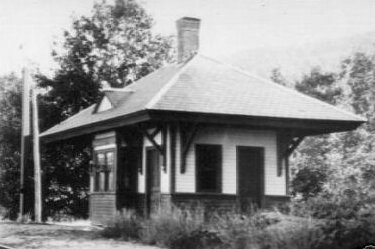
Belknap Point Station - from the carguy collection
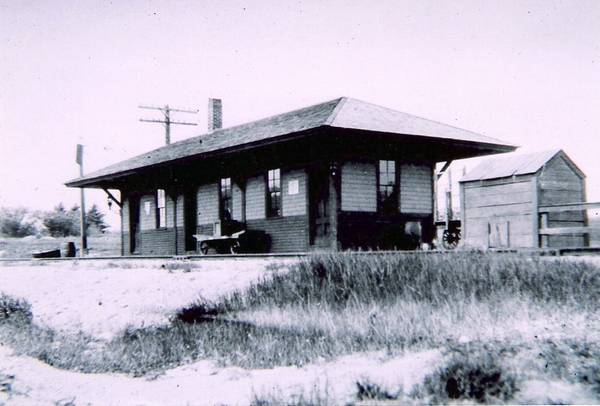
Glendale Station.
CLICK HERE for the Glendale Station in the snow.

Glendale Station
The Lady of the Lake was sunk at Glendale.
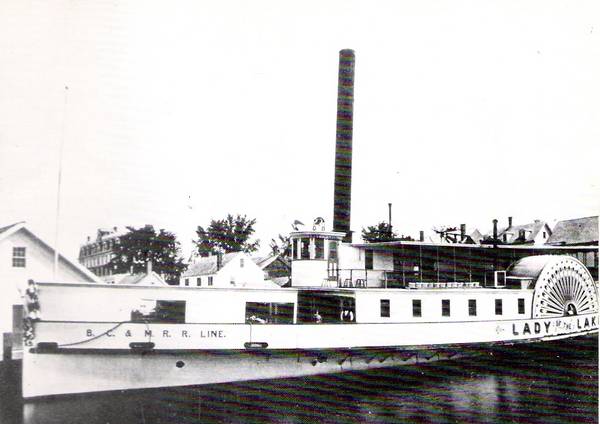
Showing the Boston, Concord and Montreal Railroad's markings. Built in 1849. In 1893 the machinery was removed and the remains of her hull served as living quarters for the workers building Kimball's Castle. Sunk in Glendale in 45 feet of water after being loaded with rocks and holes bored in her hull. From the Walker Collection.
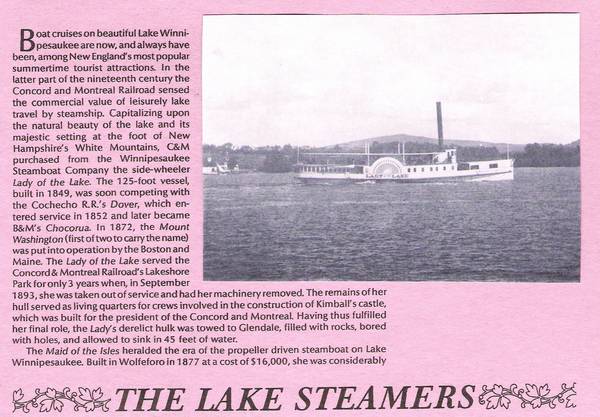
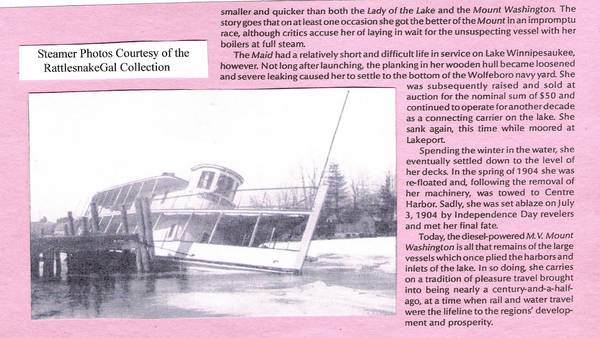
Benjamin Kimball
"During his long affiliation with the railroads of New Hampshire, Kimball applied his administrative and mechanical expertise to the upgrade of the systems and he built beautiful new stations using state of the art equipment. He consolidated small connecting systems and continually fought off attempts by the Grank Trunk Line to install a north—south route from Vermont to Boston in direct competition with the Concord and Montreal. The Grank Trunk Plan failed after Kimball had stated his lines efficiently served Boston and that his lines could also handle any and all freight coming from Canada that was destined for Boston or points south. Also, Kimball built a railroad spur from Dover to Glendale titled the Lakeshore Railroad and he appropriately changed the railroad line’s name to the Concord, Montreal, and Lakeshore Railroad.
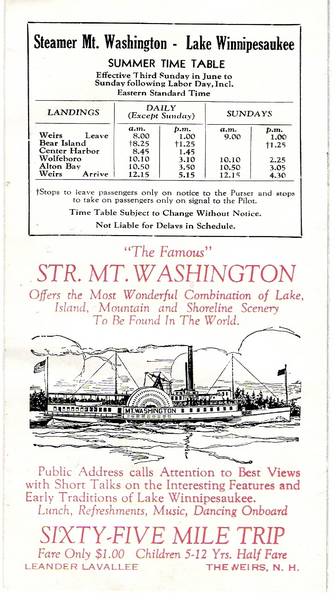
Kimball continued to exert a powerful influence on New Hampshire’s railroad lines and soon his line discovered a second growing opportunity in the business of tourism. They took over ownership of the Lady of the Lake, a steamboat on Lake Winnipesaukee, complimenting his rail monopoly in the Lakes Region. The Lady brought passengers from Alton to Center Harbor and was in hot competition with the steamships Dover, which was owned by the Boston and Maine Railroad, the Chocurara, and the Jim Bell. However, the competition just about ended when the Boston and Maine built the biggest and fastest ship on the Lake, the Mount Washington.
Kimball’s Castle
In 1893, after an eighteen-year rivalry, competition won out and the Lady of The Lake was towed to Glendale to provide living quarters for his latest project. Kimball had taken a trip to Germany and while sailing down the Rhine River gazed in awe at the wondrous castles on the hilltops. So on top of Locke’s Hill in Gilford, Kimball set out to build an exact replica of a castle he had seen on the Rhine. It would command a panoramic view of the land around the Lakes Region, and it must have occurred to him that he could keep an eye on his marine activities, while listening to the soothing sound of his locomotives puffing down the Lakeshore line through Glendale. Kimball’s Castle would stand tall as one of the greatest summer homes of New Hampshire for decades to come.
Work started on the castle in 1897 and took two years to finish. Nothing was spared and no detail left out to keep the castle from being a fitting place for his family to spend a good part of the year there, which usually went from early spring to late October.
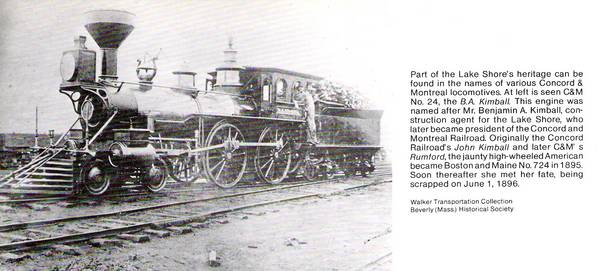
From the Walker Collection
The stone used to build the castle was hauled to the building site by oxen from the construction site on the south side of Locke’s hill, but since a part of the Lakeshore Railroad just happened to run by the site, the cut granite used for the parapets was hauled by rail from Concord. An English architect, who also made all of the interior furnishings, designed most of the woodwork and ironwork. Then it was shipped over to Boston by boat, where it traveled to Locke’s hill on the Lakeshore line. However, oxen carried it directly to the castle and it was then re-assembled inside."
From
http://www.dupontcastle.com/castles/kimball.htm
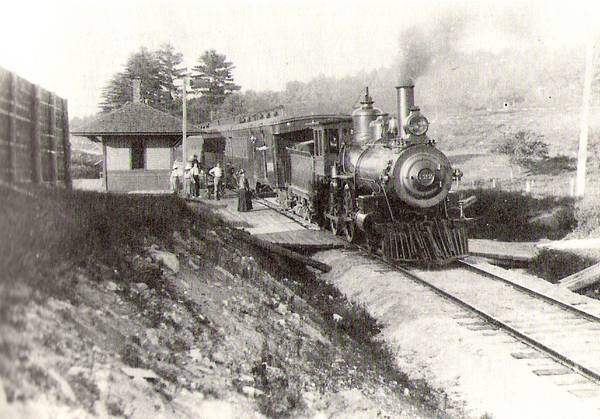
Glendale Station